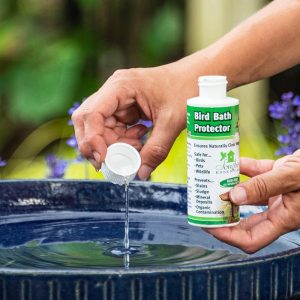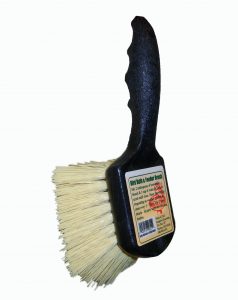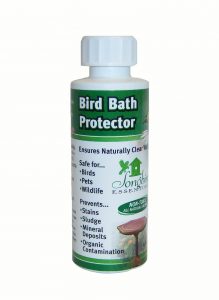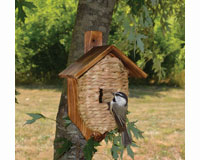By: Kevin Alferman

Keeping feeders clean is an ongoing part of feeding the birds and will keep the feeders looking good and minimize the spread of disease. They should be cleaned as needed, but you should plan to clean them at least every two to three months. If you notice sick or diseased birds visiting the feeders, it’s time for a cleaning to stop it from spreading. If the seed gets wet and moldy in your feeder, be sure to disinfect the feeders as the mold can be harmful to birds. The cleaning task is typically an outdoor activity, so your schedule should include cleaning in November before it gets too cold, then again in February when it starts to warm up. A 10% bleach or vinegar solution is best for cleaning because it effectively disinfects the feeders. Be sure the feeders are thoroughly dry before refilling as these solutions are non-toxic once they dry out. Fill up a large container like a trash can, with the solution and submerge your feeders. If you have the time this is a good method to clean all of your feeders at once. Let each feeder soak for a few minutes as the scrubbing will be easier. The Songbird Essentials birdbath and feeder cleaning brushes are specifically designed with long sturdy bristles to clean all of the nooks and crannies. Use one of our many shapes and sizes of bristled bottle brushes to clean tube feeders. While you’re at it, dump out the birdbath and disinfect it too. Be sure and dump as much water out of the feeders and baths as you can and place them in the sun to dry. For stubborn cleaning jobs use a product like Poop-Off that is specially designed to remove bird droppings. Remember to pick up a bottle of Birdbath Protector that helps minimize algae growth and mineral and sludge deposits.









